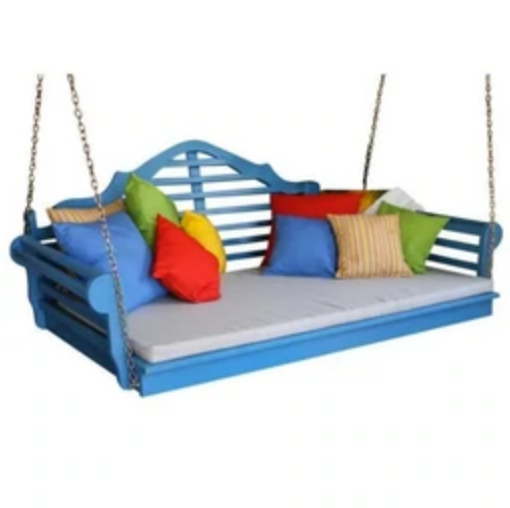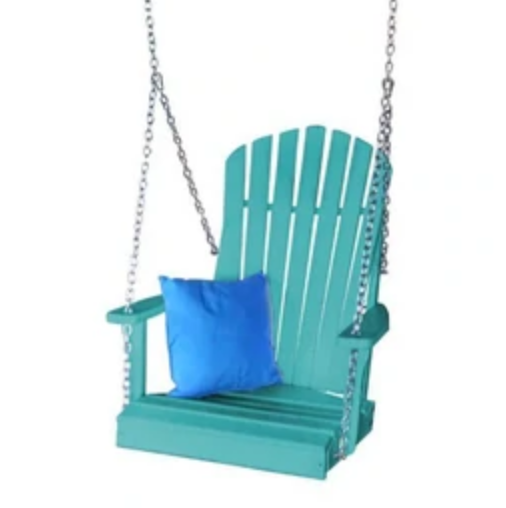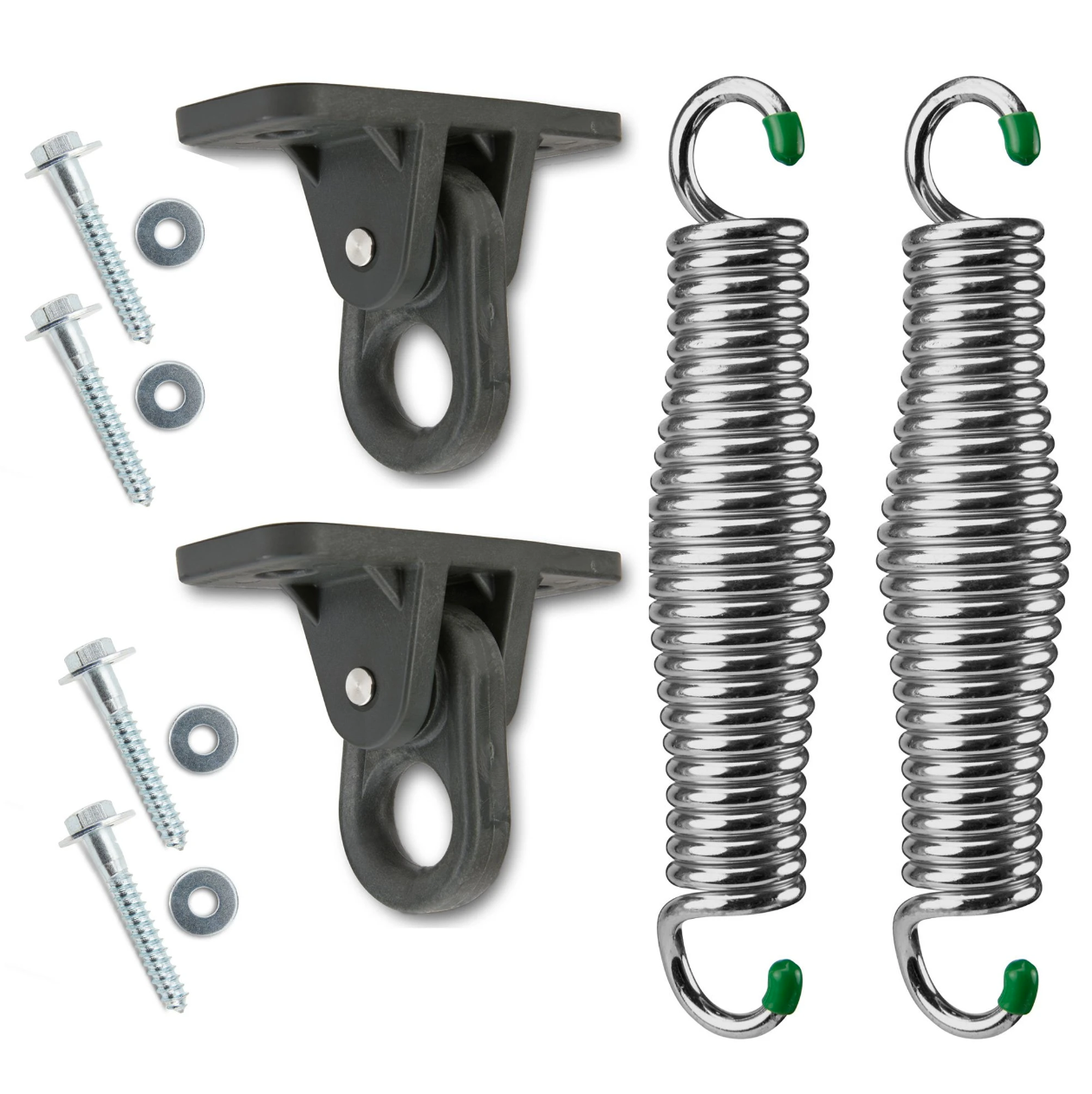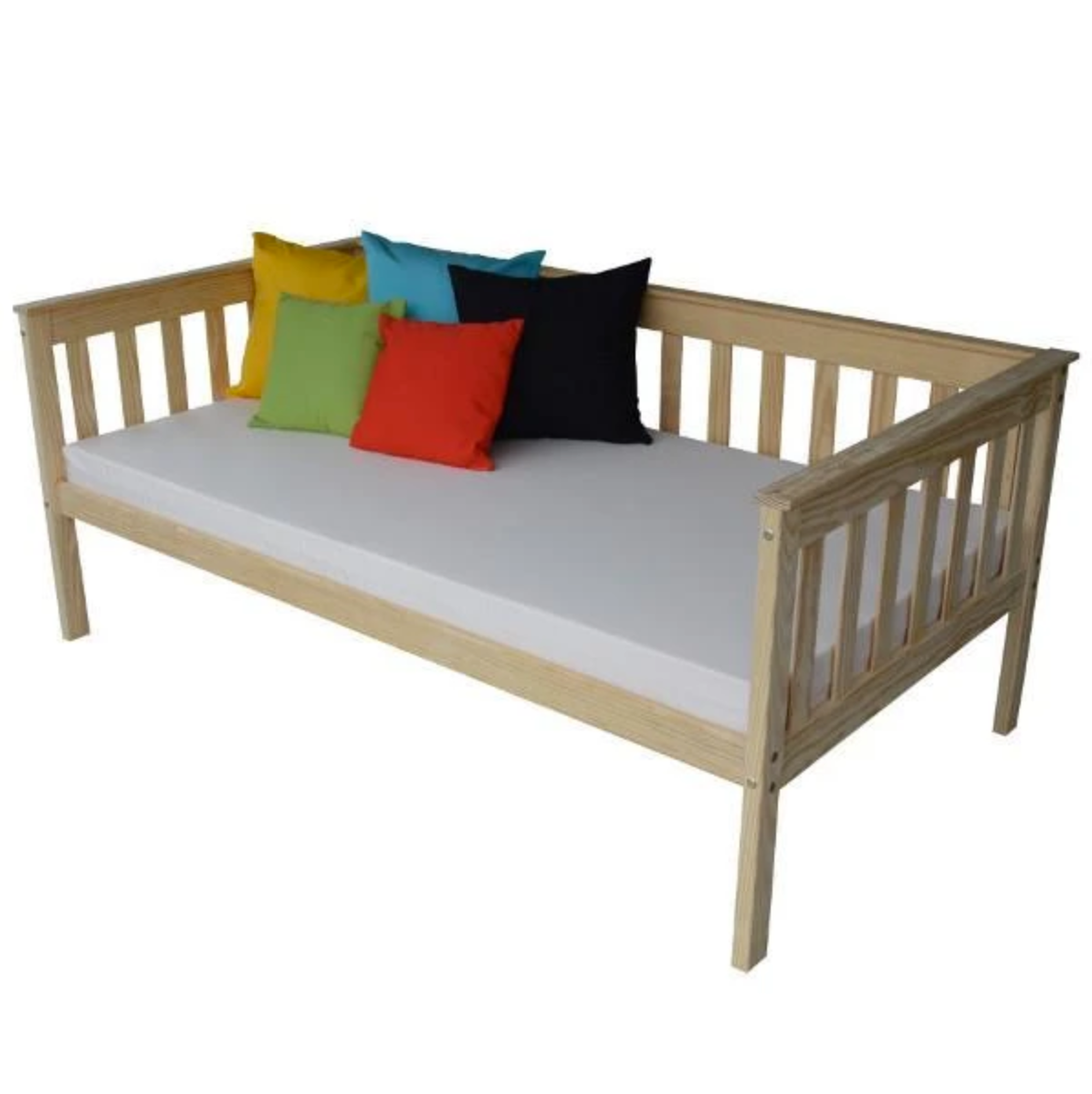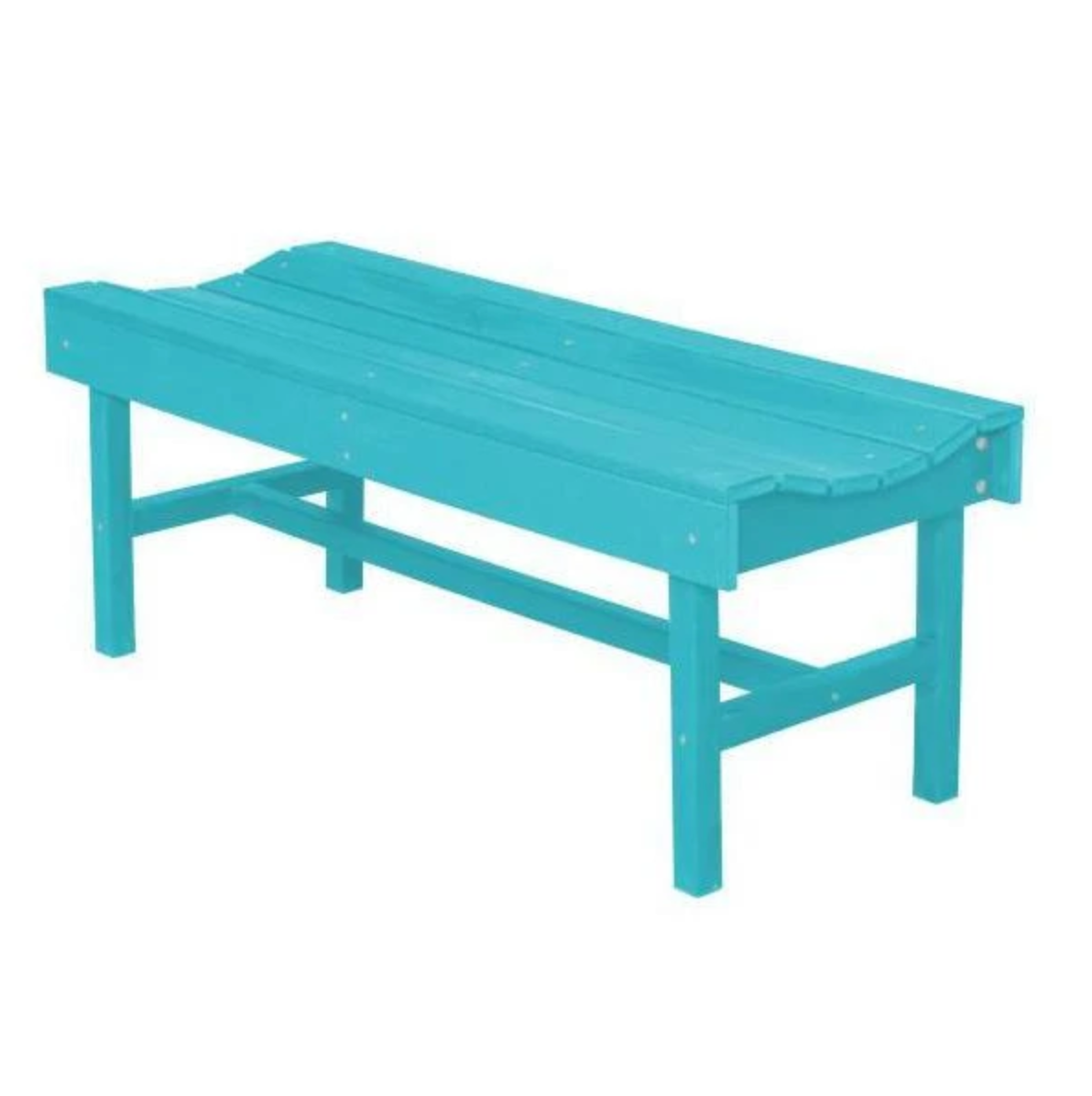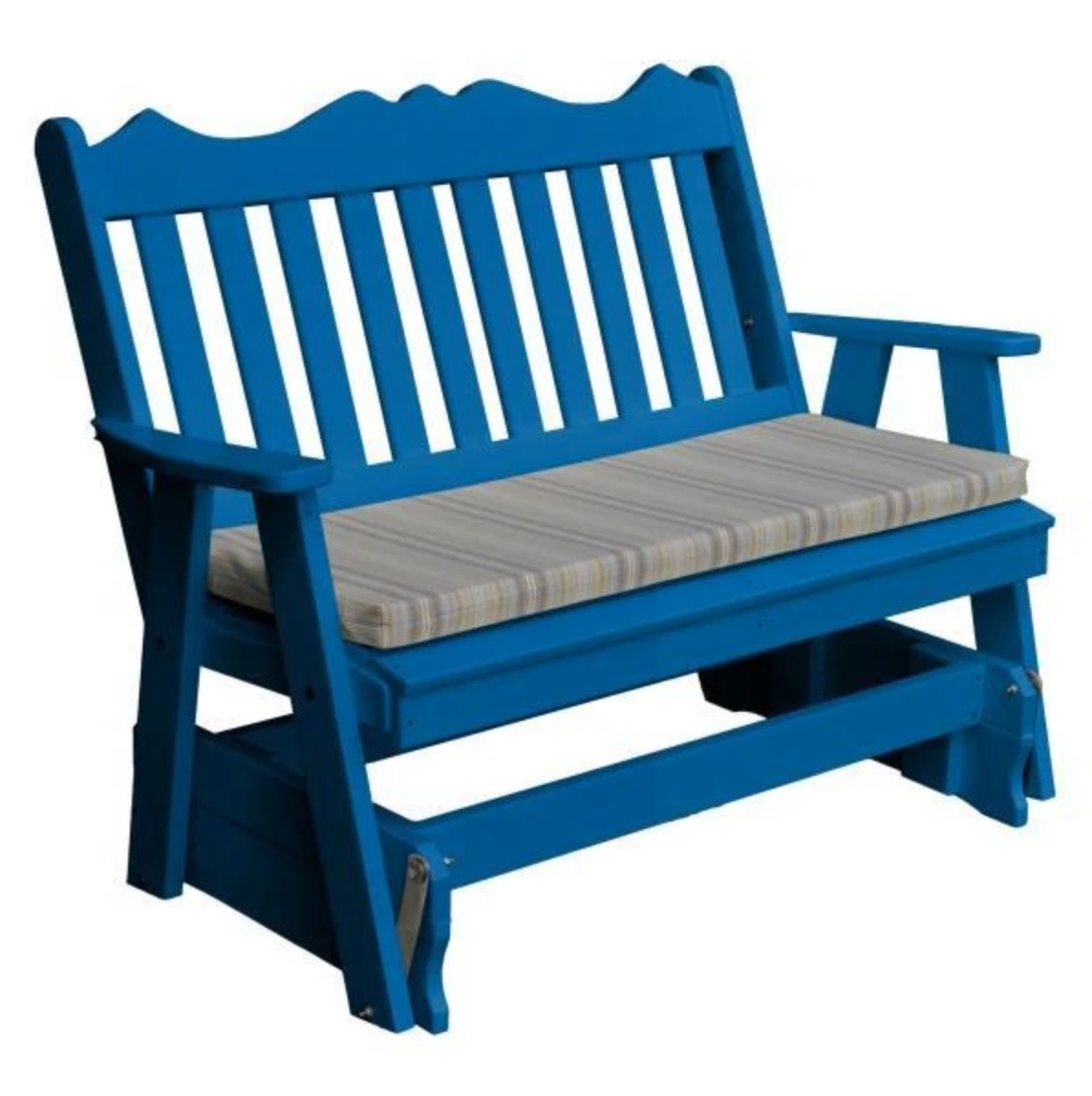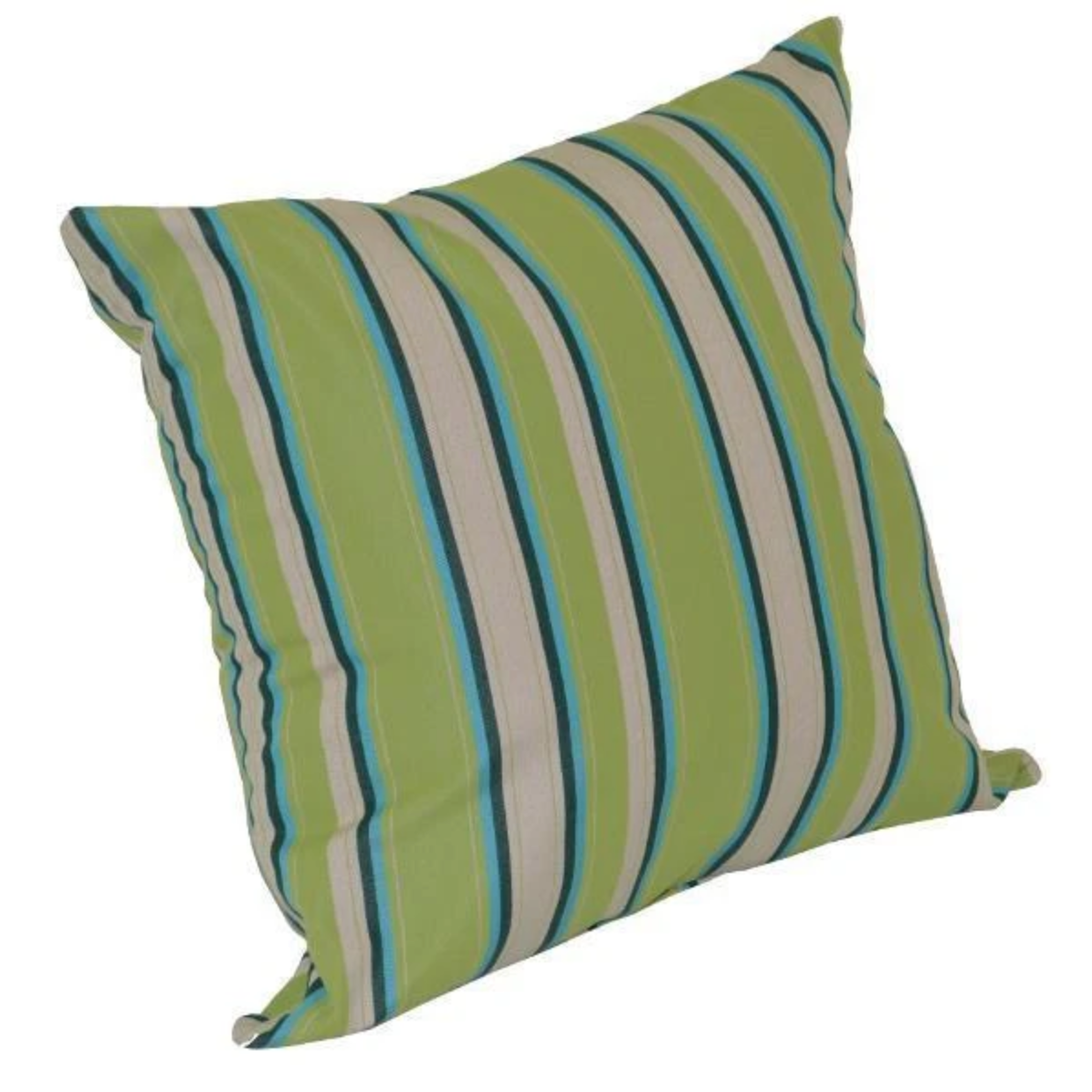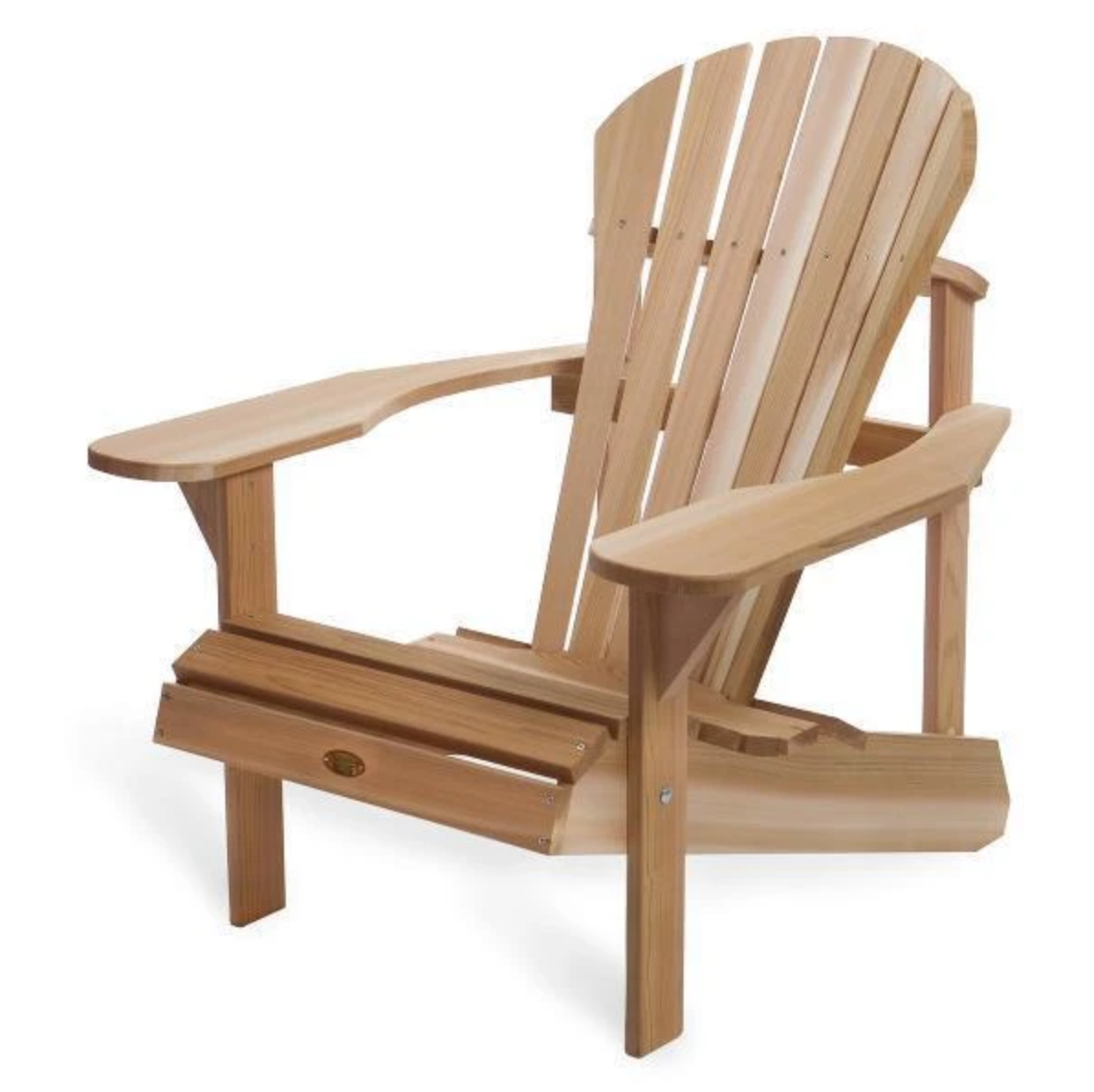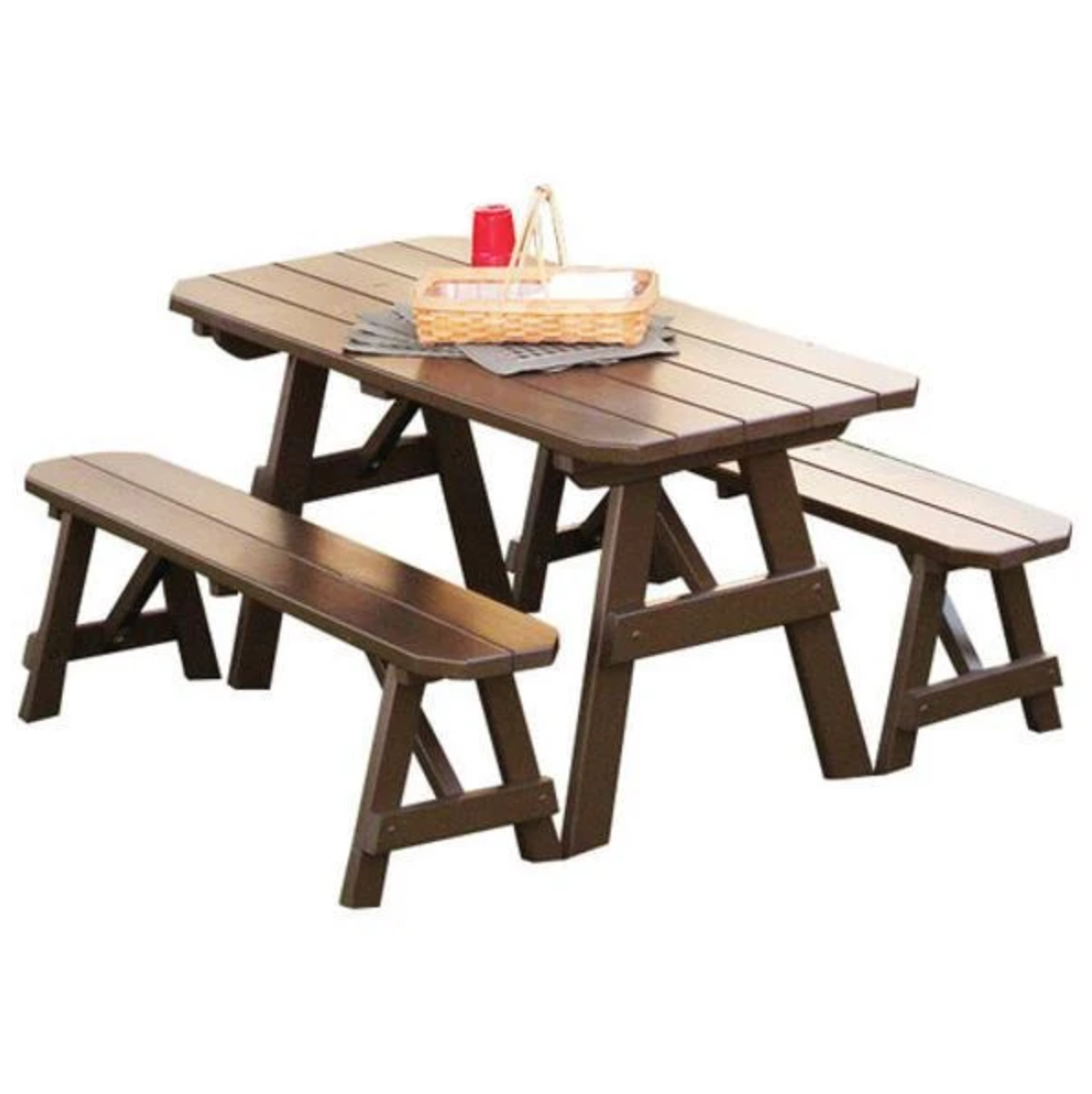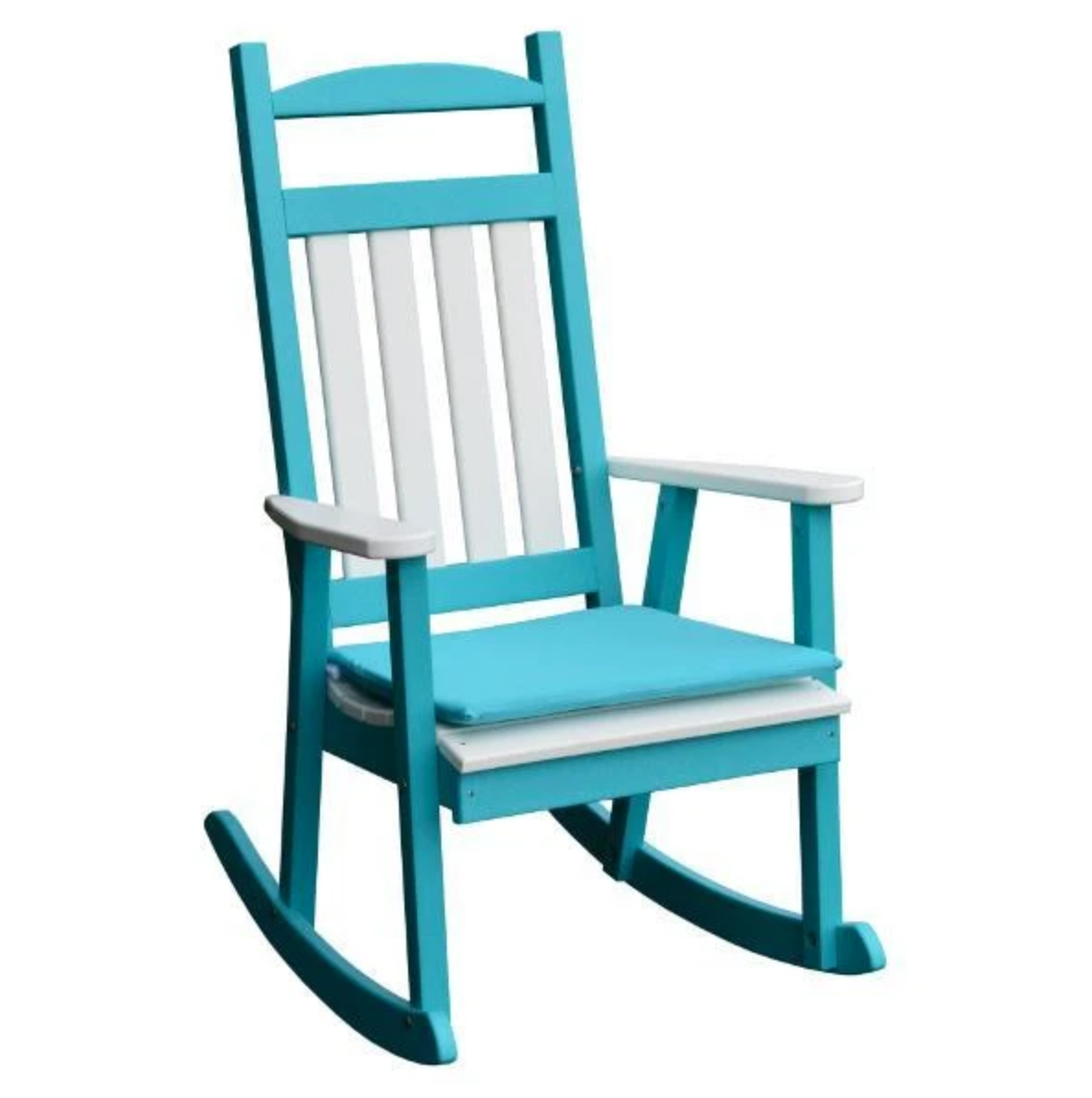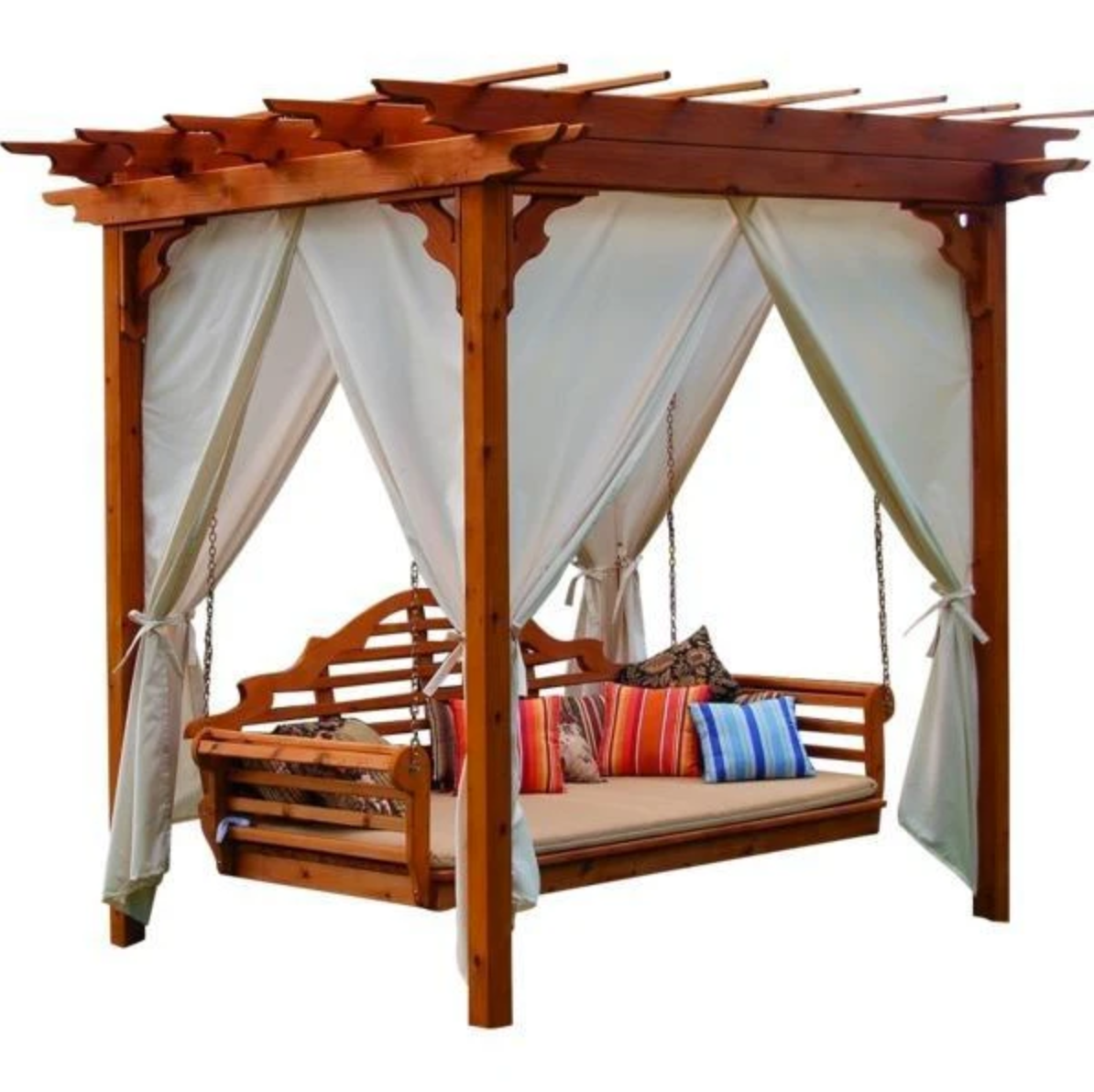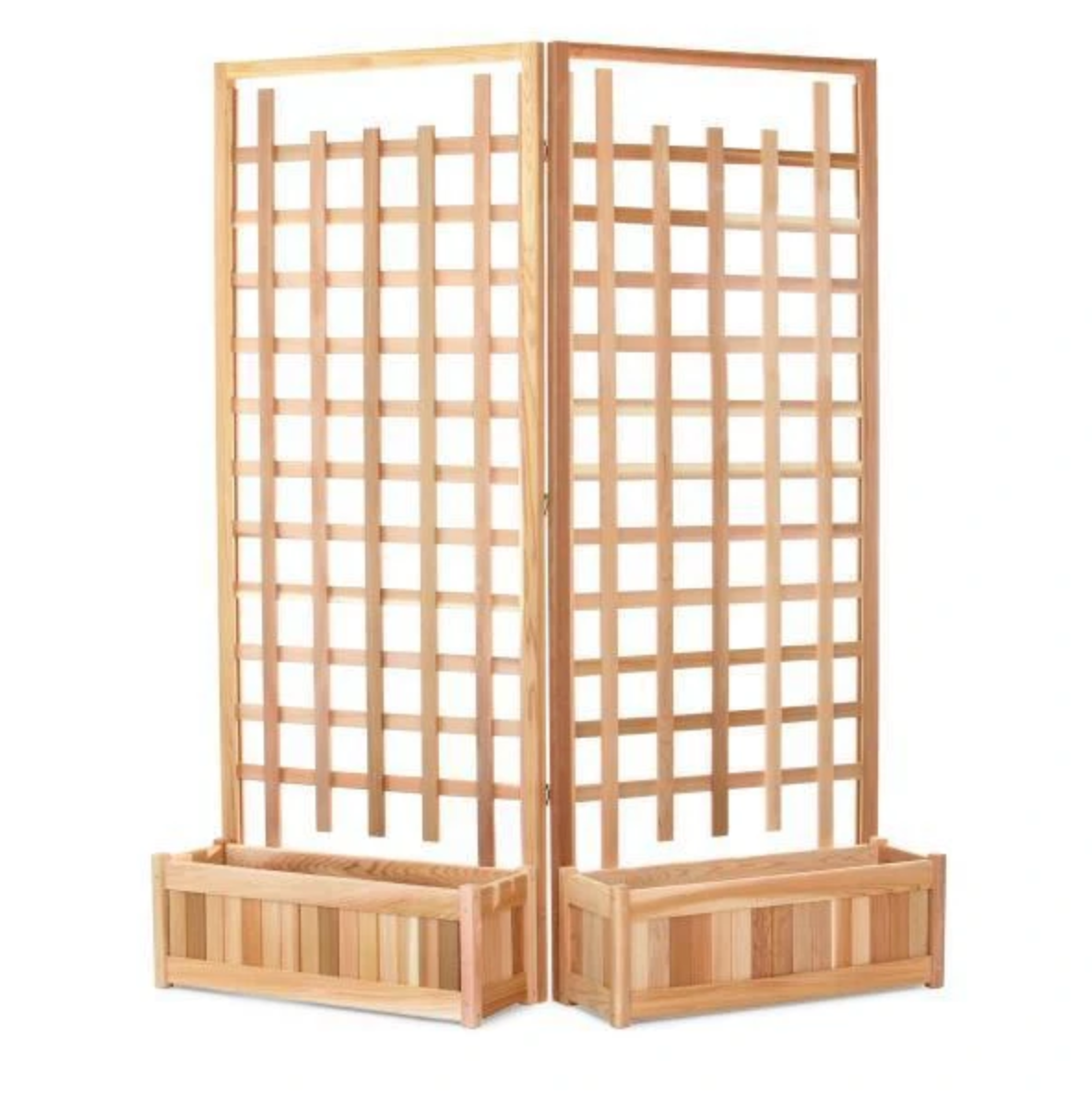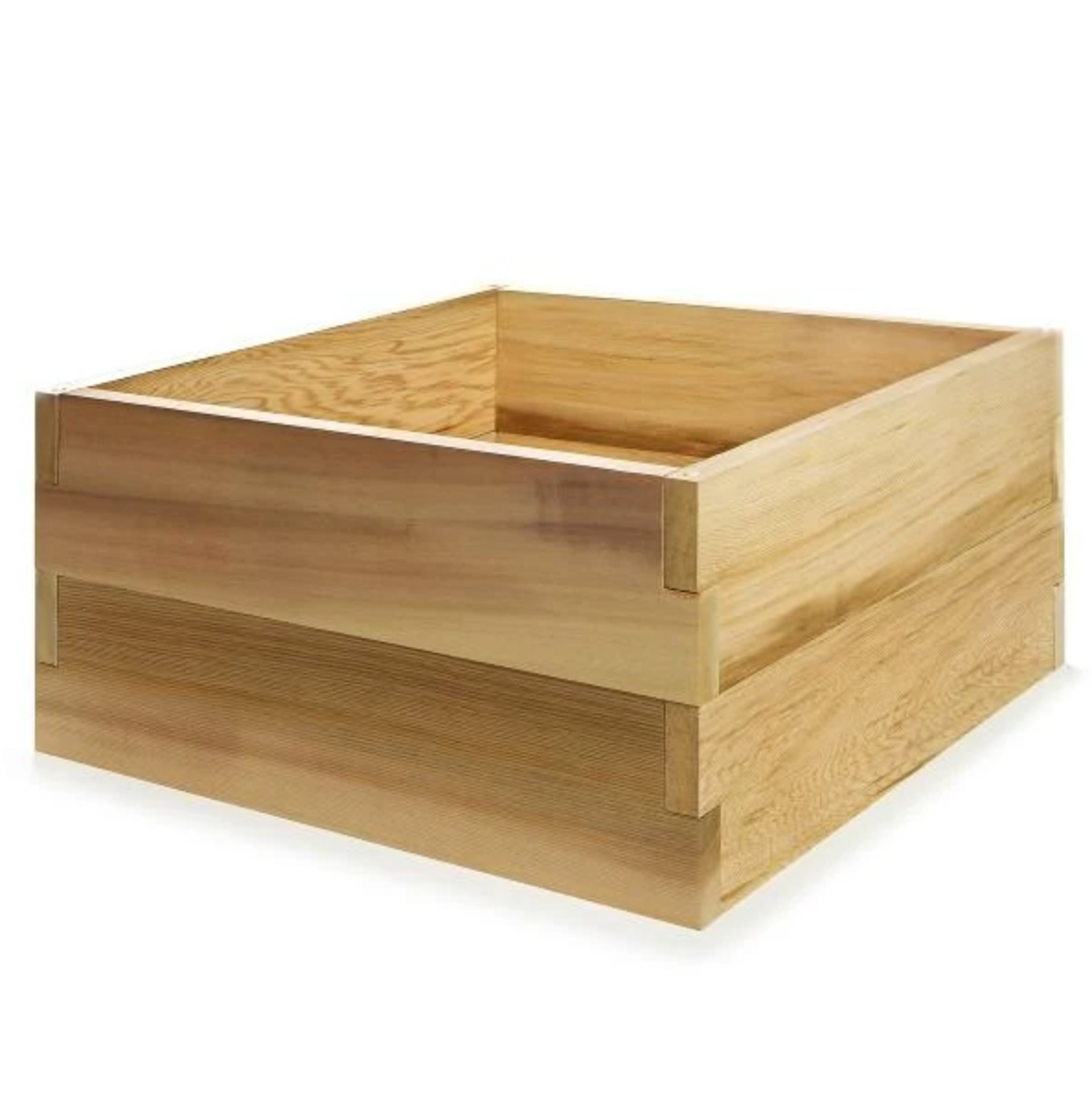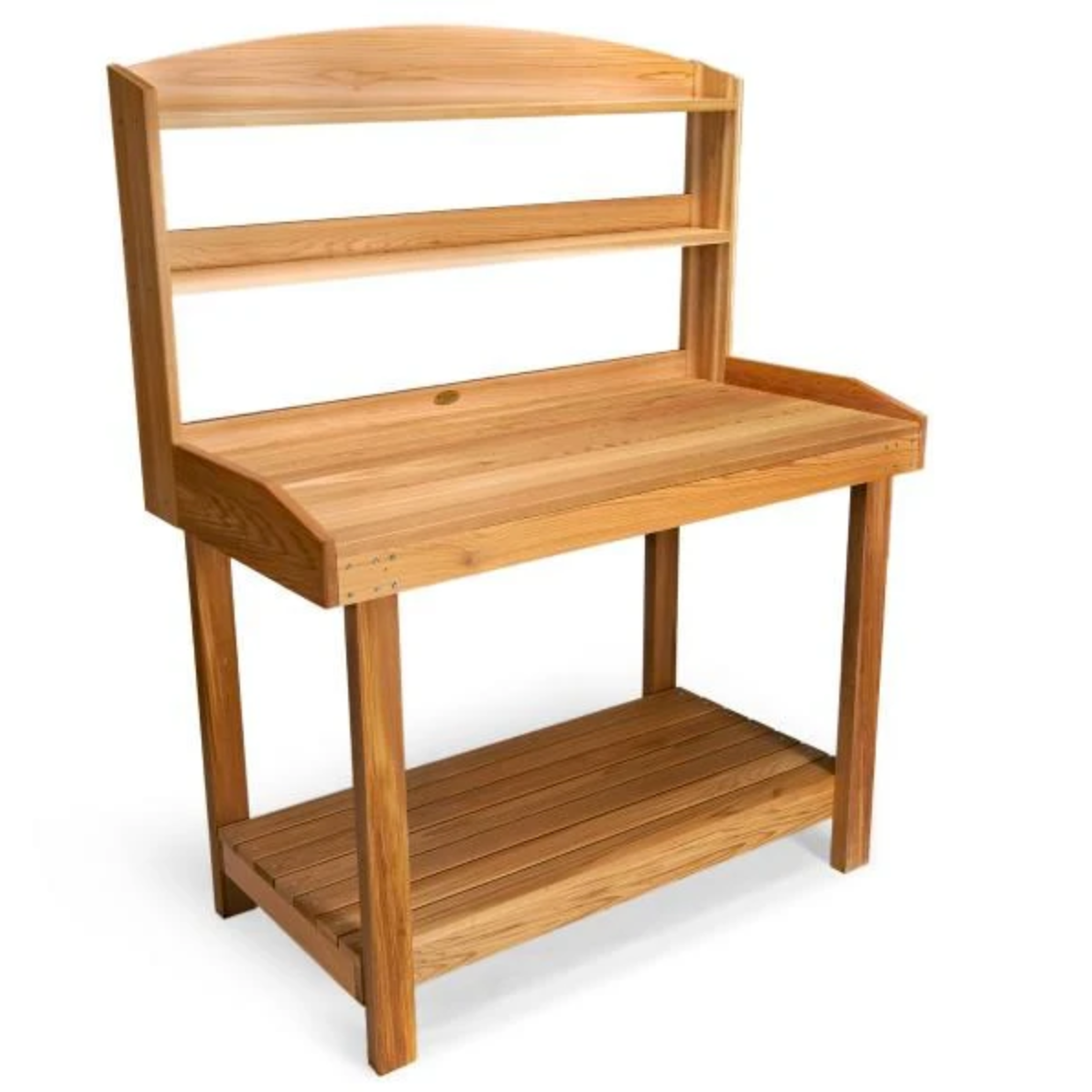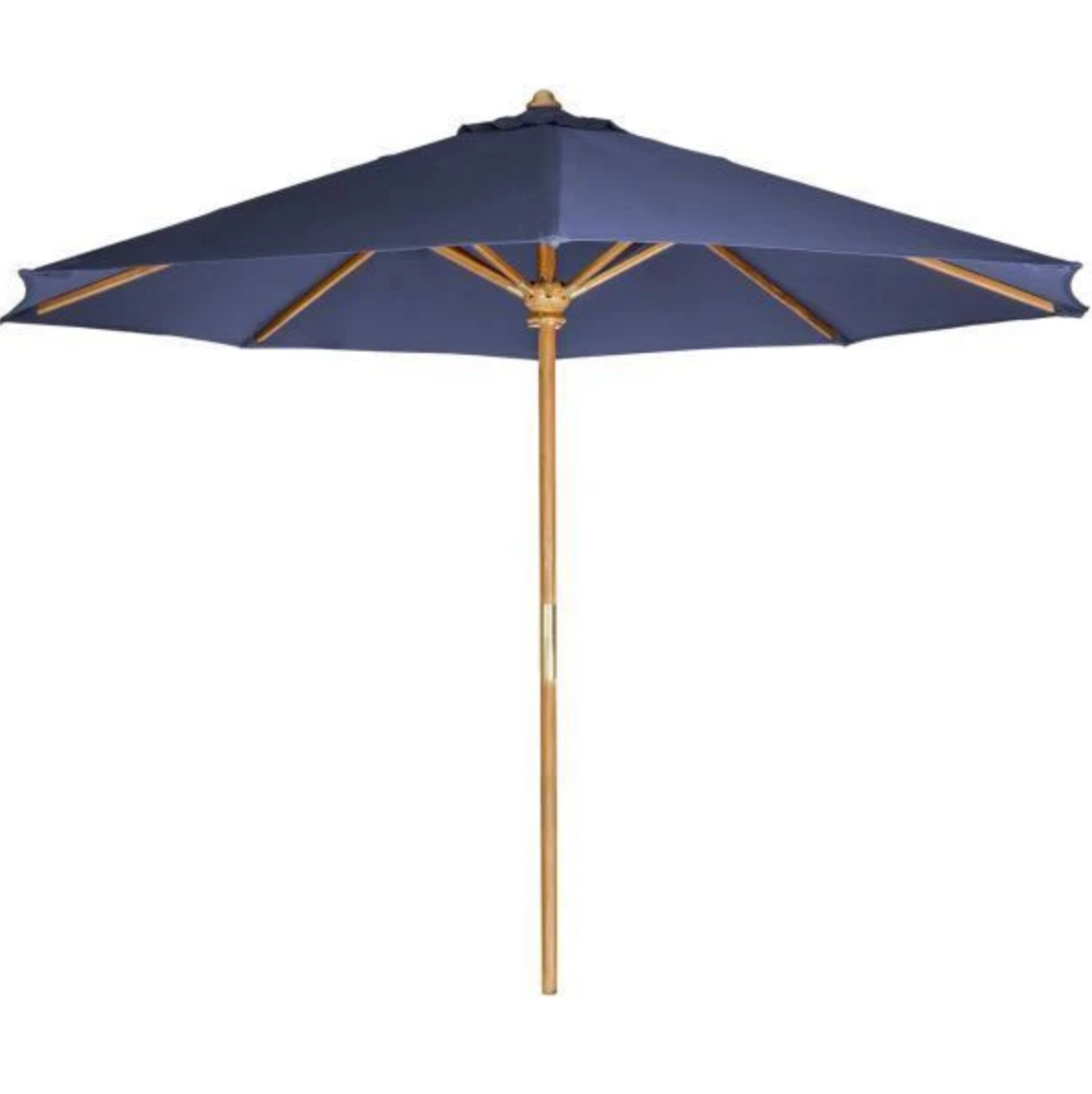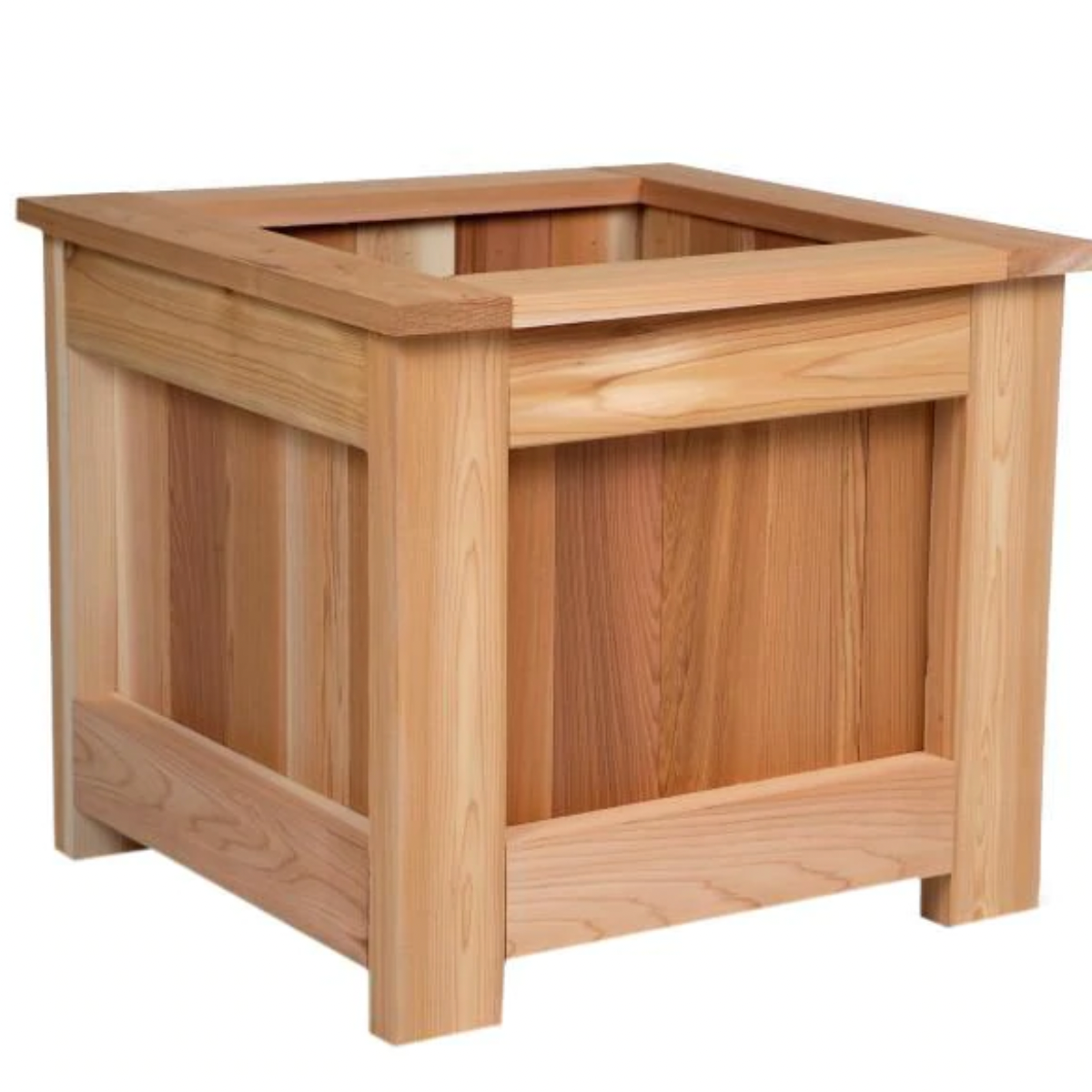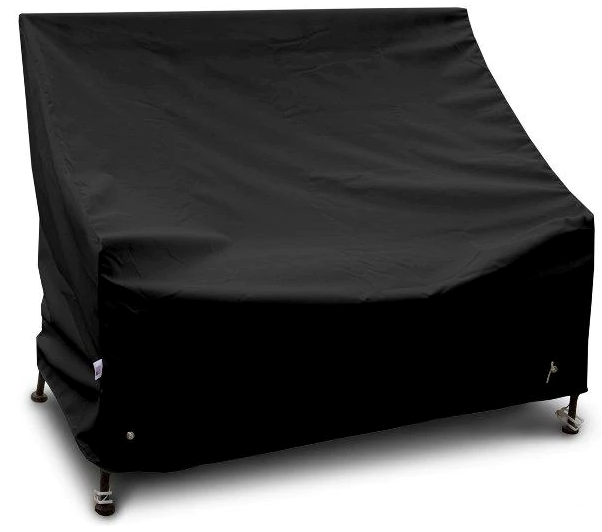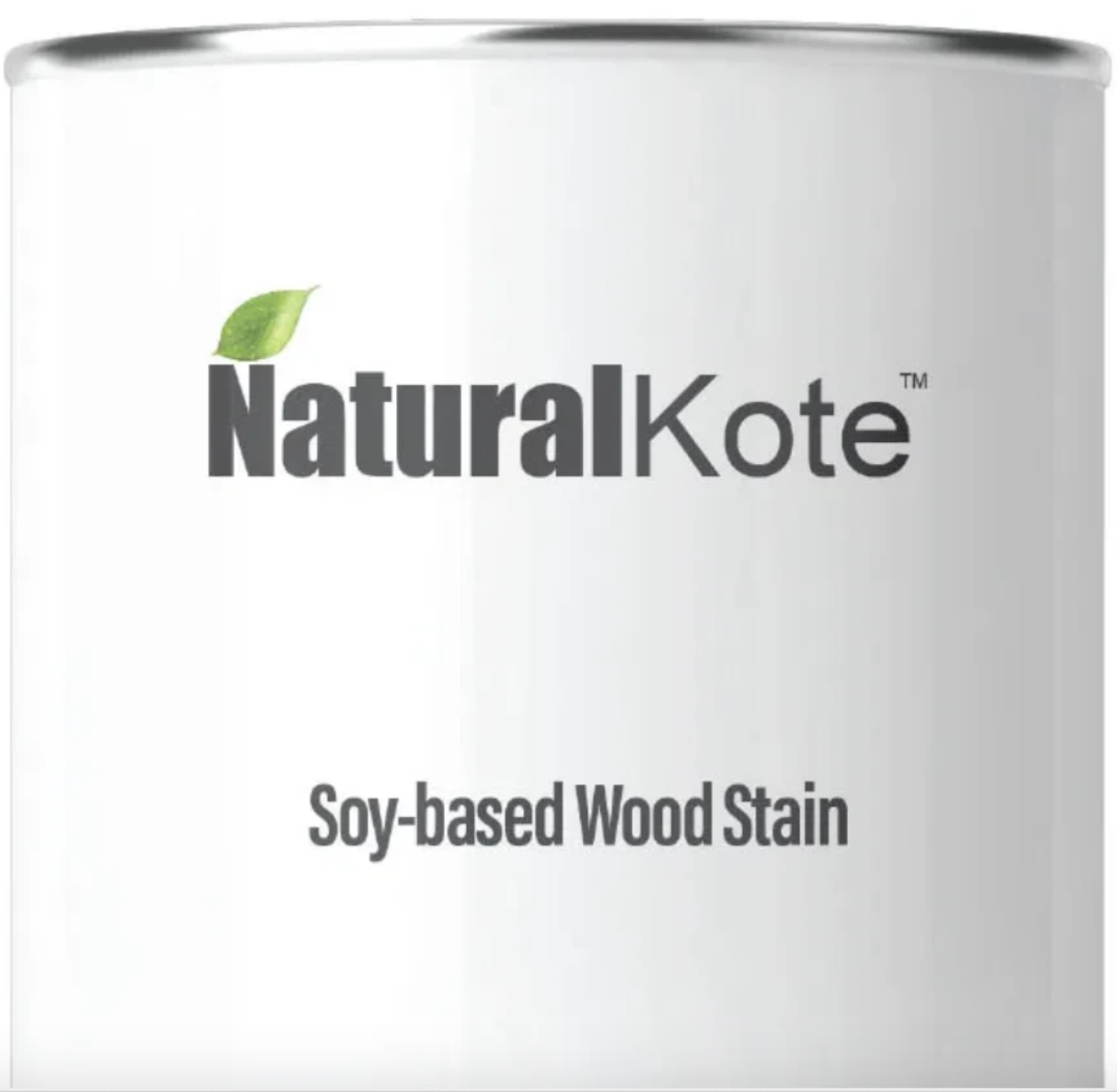Your Cart is Empty
Artistic Design Chairs
Looking for seating that is less furniture and more functional art? Our Artistic Design Chairs collection is curated to inspire. Featuring non-traditional silhouettes, intricate laser-cut patterns, and bold, sculpted forms, these chairs are crafted by designers focused on visual impact. Ideal for accent seating, modern dining, or gallery-like outdoor spaces, each chair is a statement piece that offers a unique blend of ergonomic comfort and avant-garde aesthetic.
Q1: What defines an "Artistic Design Chair," and how does it function in a landscape?
A: An Artistic Design Chair is defined by its focus onunique, often sculptural form, unconventional materials, and aesthetic originality.
-
Definition: These chairs go beyond simple functionality, featuring abstract shapes, complex curves, striking color combinations, and highly detailed construction that make them a work of art.
-
Function: Their role is to serve as avisual focal point and a conversation starter. They are usually placed singularly or in small pairs in prominent areas—like a sculpture garden, a front entryway, or a high-end commercial lobby.
Q2: What specialized materials are often used in Artistic Design Chairs, and what are the maintenance consequences?
A: Materials are chosen for their ability to be molded or forged into unique shapes:
-
Fiberglass/Resin Composites: Used to create highly organic, unusual, or brightly colored fluid shapes. Maintenance focuses on protecting the surface from scratches and UV degradation, which can damage the finish.
-
Wrought Iron/Custom Steel: Chosen for intricate scrollwork or complex geometric frameworks. These require meticulouspowder-coating maintenance to prevent rust from compromising the fine details.
-
Polished/Composite Stone: Offers extreme longevity and a substantial feel. Maintenance is minimal, focusing on preventing chips or cracks during cold weather.
Q3: How does the emphasis on artistic form affect comfort and stability?
A: Comfort and structural integrity require careful consideration:
-
Comfort Trade-Off: Artistic form often takes precedence over ergonomic comfort. If a chair has sharp angles or uneven surfaces, acustom-made cushion is usually required for comfortable sitting.
-
Stability: Due to their non-traditional shapes, the stability and weight capacity of artistic chairs should be checked. Curving or cantilevered designs might have a lower weight rating than standard chairs.
Q4: Should an Artistic Design Chair be permanently installed or moved frequently?
A: This depends on the material, but protection of the finish is usually recommended:
-
Permanent: Heavy materials (stone, cast iron) are intended to serve as permanent anchors in the landscape.
-
Protection: Lighter chairs with unique finishes (paint, gloss) are best placed in acovered or sheltered area to protect the aesthetic finish from constant sun and rain exposure, thereby preserving the chair's artistic value.


